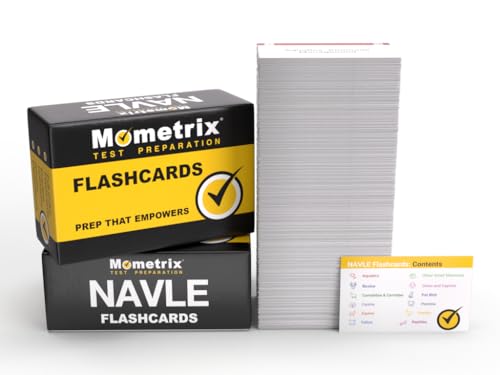Yes, car insurance can cover theft, but only if you have comprehensive coverage on your policy. Comprehensive insurance helps replace your car if it’s stolen, replace certain car parts that are stolen, and repair damage to your car from a theft or break-in.
However, it’s important to note that comprehensive coverage does not cover theft of your personal belongings, such as your phone, laptop, or other valuables, from your vehicle.
If your car is stolen and not recovered, this coverage pays the current value, or actual cash value, of your vehicle. Comprehensive claims have a deductible, which is the amount you pay before your insurance pays the rest.
Types of Car Insurance Coverage
When it comes to car insurance, there are three main types: liability, collision, and comprehensive coverage. Liability covers damages to others in an accident you cause, collision handles damages to your car from accidents, and comprehensive coverage is the one that steps up in the case of theft. It’s comprehensive coverage that you’ll need if you want insurance to cover theft claims.
What Does Comprehensive Coverage Cover?
Comprehensive coverage, also known as “other than collision” coverage, protects your vehicle from various types of damage that are not caused by a collision. It covers a wide range of non-collision incidents, including:
- Theft
- Vandalism
- Hail damage
- Fire damage
- Damage from floods
- Damage from hitting an animal
- Glass breakage
- Damage from falling objects
What Does Comprehensive Coverage NOT Cover?
Comprehensive coverage does not cover damage caused by hitting another vehicle or object, normal wear and tear on your vehicle, or damage to your personal belongings inside the car. It’s important to review your policy to understand the specific details of your coverage, including deductibles and coverage limits.
Deductible
Deductible is the amount you pay out of pocket before insurance kicks in.
Coverage Limits
Coverage limits refer to the maximum amount an insurance policy will pay for a covered loss. For example, in the context of comprehensive car insurance, the most it will pay is based on the actual cash value of your vehicle. You will be responsible for paying your selected deductible.
In the case of liability insurance, coverage limits specify the maximum amount an insurer will pay for a covered claim. These limits are typically expressed as three numbers, such as 100/300/100, which represent the maximum amount in thousands of dollars that your insurance company will pay for bodily injury per person, bodily injury per accident, and property damage per accident, respectively.
It’s important to understand your coverage limits to ensure you have adequate protection in the event of a claim.
Claiming Theft on Your Car Insurance
If your car is stolen, the steps you take immediately after the theft can significantly impact your insurance claim. Here’s a guide to help you navigate the process of filing an insurance claim for a stolen vehicle.
1. Filing a Police Report
The first and most crucial step after discovering that your car has been stolen is to file a police report. Contact the local authorities and provide them with essential details such as the make and model of your vehicle, the license plate number, and the vehicle identification number (VIN). Filing a police report is not only a legal requirement but also provides vital documentation for your insurance claim.
2. Contacting Your Insurance Company
After filing a police report, it’s essential to contact your insurance company to report the theft. If you have comprehensive coverage, which is the only type of car insurance that covers theft, your insurer will guide you through the claims process. Be prepared to provide all the necessary information about the theft and any documentation required by your insurer.
3. Importance of Documentation
Gathering and preserving documentation related to the theft is crucial for supporting your insurance claim. This may include maintenance records, receipts for any recent upgrades or repairs, and any other relevant information about your vehicle. Additionally, keep records of any communication with the police and your insurance company throughout the claims process.
4. Insurer’s Investigation Process
Once you’ve filed a claim, your insurance company will initiate an investigation to verify the theft and assess the value of your vehicle. This investigation may involve reviewing the police report, inspecting any recovered vehicle if applicable, and evaluating any other evidence related to the theft. The outcome of the investigation will determine the settlement of your claim.
Additional Considerations
In the interim, you might need a rental car, and that’s where rental reimbursement coverage would come in handy. Gap insurance is also worth considering, as it covers the difference between what you owe on your car and its depreciated value. Don’t forget that the value of your car affects your insurance payout, and implementing security measures can sometimes lower your insurance costs.
Conclusion
In summary, comprehensive coverage is your best bet for financial protection against car theft. Review your policy to ensure you have the coverage you need and consider adding comprehensive if you haven’t already. It’s a small price to pay for peace of mind and the safety of your valuable possession in unexpected situations.
FAQs
What is the Cost of Comprehensive Coverage?
The cost of comprehensive coverage varies depending on several factors, including the insurance company, the driver’s location, the driver’s age, the type of car, and the driver’s driving record. According to the National Association of Insurance Commissioners (NAIC), the average annual comprehensive insurance premium for drivers in the U.S. in 2019 was $171.87. However, this cost can vary significantly by state, with California having the least expensive average at $96.53 and South Dakota having the most expensive average at $347.61. It’s important to shop around and compare quotes from different insurance providers to find the best rate for comprehensive coverage.


